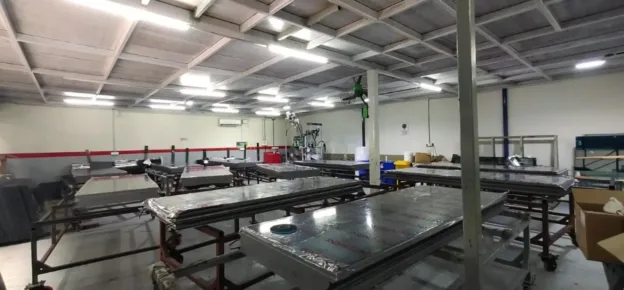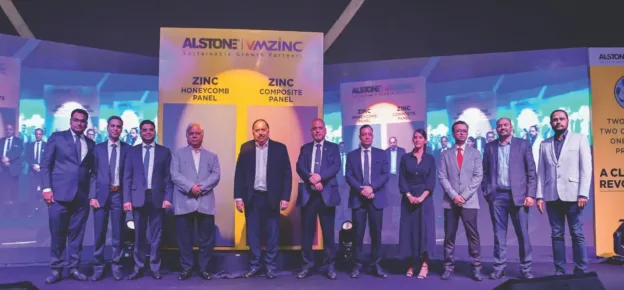The Indian float glass industry is grappling with significant challenges due to the influx of cheap imports, even in the presence of protective measures such as anti-dumping duties and quality control orders. Here is an in-depth analysis of the current situation, its impacts, & strategic solutions for manufacturers to navigate these hurdles effectively.
Current Situation
-
Cheap Imports:
- Imported float glass, often from countries with lower production costs (like China, Malaysia, or Indonesia), continues to dominate the Indian market.
- Factors like subsidies in exporting countries, unethical pricing practices, and favourable trade agreements further exacerbate the problem.
- These imports often bypass regulations through under-invoicing, undervaluation, or false declarations, undermining the intent of anti-dumping measures.
-
Anti-Dumping Duties:
- While these duties aim to level the playing field, their effectiveness is limited as importers find ways to maintain competitive pricing.
- Additionally, the duty rates may not adequately reflect the extent of cost disparities or subsidies provided by exporting countries.
-
Ǫuality Control Orders (ǪCOs):
- These regulatory measures ensure safety and adherence to standards but come with higher compliance costs for domestic producers.
- Imported glass, despite ǪCOs, may still reach the market through loopholes, creating further disparity.
Impact On Domestic Manufacturers
- Pressure on Margins: The availability of cheaper imported glass forces domestic manufacturers to lower their prices, squeezing profit margins.
- Delayed Investments: Financial strain discourages investment in advanced technologies and capacity expansion, affecting long-term competitiveness.
- Stunted Growth: With limited resources for innovation or market diversification, the industry’s growth potential is significantly restricted.

Strategic Solutions For Indian Float Glass Manufacturers
-
Enhancing Operational Efficiency:
- Technology Upgrades: Adopt state-of-the-art machinery and digital tools like IoT and AI for precision manufacturing, energy savings, and waste reduction.
- Lean Processes: Implement lean manufacturing principles to optimise resource usage and reduce costs.
-
Focusing on Quality Differentiation:
- Premium Products: Shift focus to producing high-grade float glass that meets or exceeds international standards.
- Brand Positioning: Build a reputation for reliability and quality to capture a discerning market segment willing to pay a premium.
-
Developing Value-Added Products:
- Introduce specialised glass products, such as low-emissivity (Low-E) glass, solar glass, or laminated and coated glass, to cater to evolving market demands.
- Value-added products generally yield higher margins, reducing reliance on standard float glass sales.
-
Market Diversification:
- Explore export opportunities in regions where Indian float glass has a cost or quality advantage.
- Expand domestically by targeting emerging sectors like renewable energy (solar panels) and smart architecture.
-
Strengthening Advocacy Efforts:
- Collaborate with industry bodies to advocate for stricter anti-dumping measures, better enforcement of ǪCOs, & policies favouring domestic manufacturing.
- Request periodic review of duty structures to align them with market realities.
-
Adopting Sustainability Practices:
- Invest in green manufacturing technologies, such as energy-efficient furnaces and renewable energy sources.
- Market eco-friendly products to environmentally conscious consumers and align with global ESG (Environmental, Social, Governance) standards.
Conclusion
The challenges posed by cheap imports require a multi-pronged approach, combining operational excellence, innovation, advocacy, and sustainability. By focusing on efficiency, quality, and diversification, Indian float glass manufacturers can not only withstand import pressures but also secure long-term profitability and global competitiveness. Collaborating with stakeholders, including government agencies, will be crucial in creating a favourable environment for the industry’s growth and resilience.















